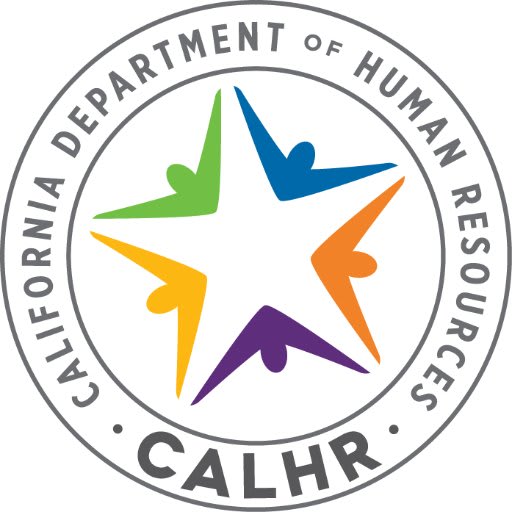The California Department of Human Resources (CalHR) is responsible for issues related to employee salaries and benefits, job classifications, civil rights, training, exams, recruitment and retention. For most employees, many of these matters are determined through the collective bargaining process managed by CalHR. The Benefits Division administers dental, vision, the Employee Assistance Program, workers' compensation and other benefits to state employees and their dependents; and partners with the California Public Employees Retirement System to administer health benefits.
The CalHR Benefits Division has been working to improve and modernize the benefit services it provides to all State Of California employees. Over the past 12 months, the division has rebranded its public facing web site to provide a modern interface with a customer centric design. The updated website improved access to all CalHR administered benefit information.
While a majority of state employee benefit information is not easily accessible across multiple platforms, a key tool for state employees is the Benefits Calculator which compares health, dental, and vision plans to assist employees in making informed financial decisions regarding their benefits. The Calculator remains difficult for employees to navigate and takes the CalHR Benefits staff several weeks to update and test. Specifically, CalHR is facing the following challenges:
- Information needs to updated constantly and immediately - there is a need for a real-time integration in order to ensure data communicated to the public remains up-to-date
- Testing and Quality Assurance currently go through a manual process, in which each individual rate has to be validated by CalHR staff
- No current mobile capability
- Information can be harder to interpret due to bargaining unit requirements and employee-specific scenarios
- Limited benefit scenario functionality that may not accurately portray all applicable benefits across the 22 different bargaining units for which an employee may be eligible
- For example, many state employee families have dual state employment where different benefit election scenarios could result in increased benefits depending on which family member carries which benefits.
